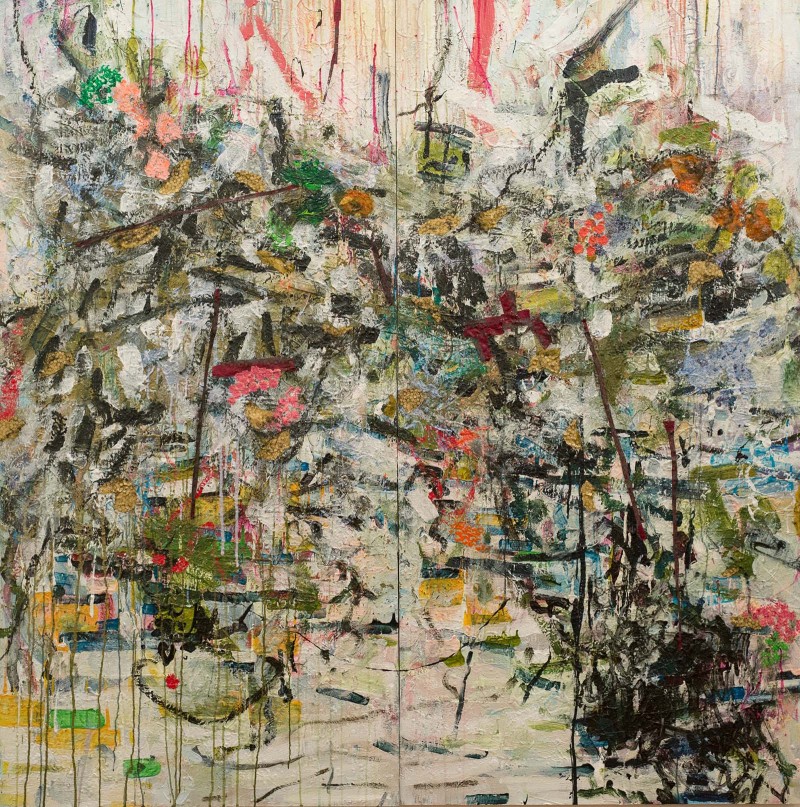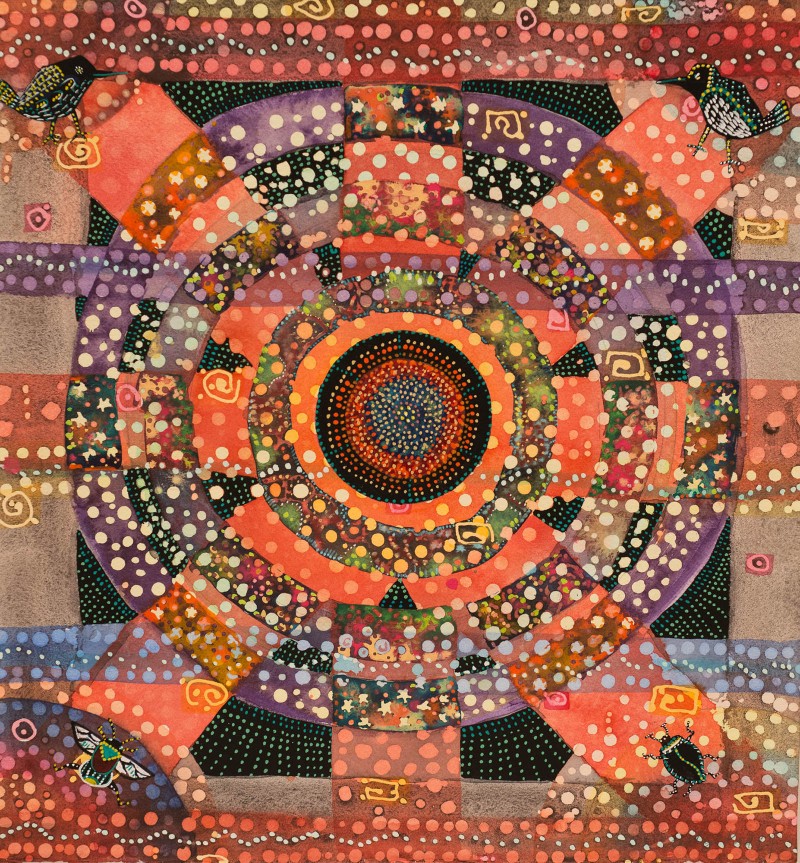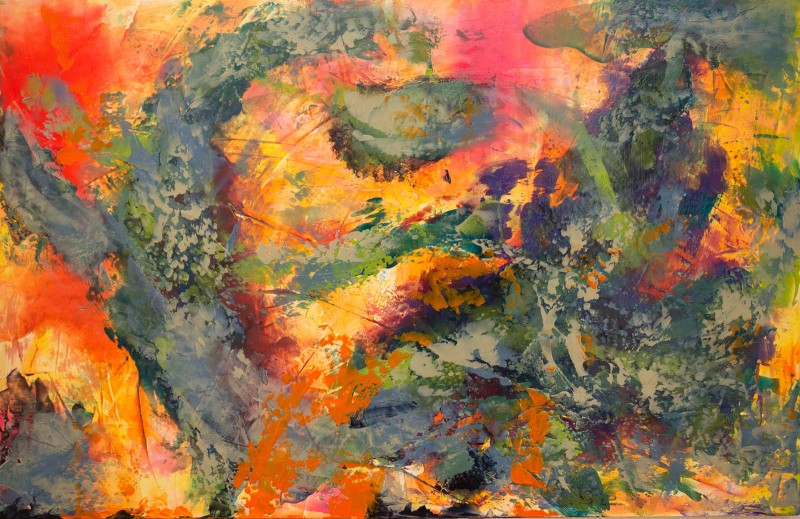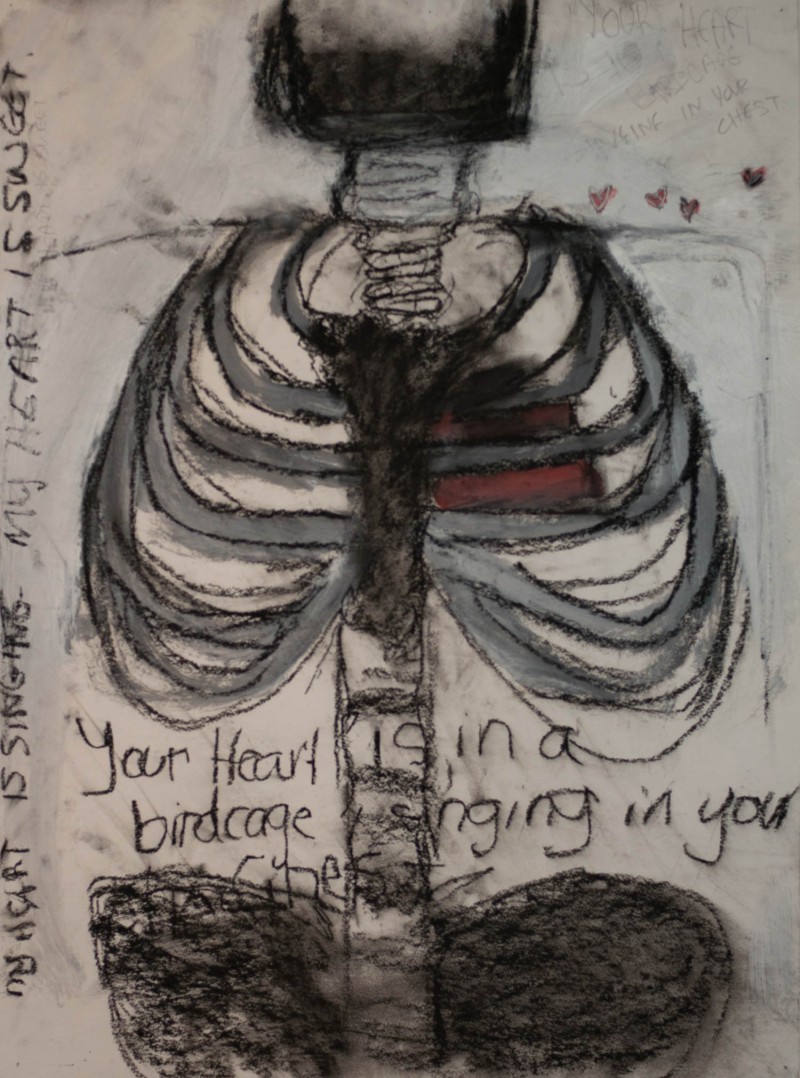Pagus: a gallery set in the pagan wilderness
Pagus Gallery sits in the nether regions of Norristown, Pennsylvania, close to the Schuylkill River, about 20 miles north and west of central Philadelphia. Driving through Norristown confirms what I suspected: that it is a borough in trouble, somehow beyond the forces that have at least superficially enriched the communities that surround it. I suppose Norristown, which used to host breweries, cigar factories, textile mills, icehouses, foundries, rolling, mills and lumber yards, is an all too frequent example of what happens to a city when we stop making stuff and when retail businesses are destroyed by monstrous suburban shopping malls.
The gallery is part of the Norristown Arts Building (NAB), which used to be a costume factory, and a creature of artist Tim Hawkesworth, who converted the building into very pleasant artists’ studios, a bright, spacious exhibition space, and a venue for art classes and artist residencies. The gallery also has a sister organization, Pagus:Africa, which is run by Hawkesworth and his wife Ellen Berenholz, a nonprofit that conducts various programs for children in the distressed Volta region of Ghana, in the southwest corner of that country next to Togo. The gallery also includes a shop filled with delightful wares from Ghana.

Hawkesworth explained to me that the name Pagus, originally from Latin, connotes an area which is outside of, and in an important sense free from, the centers of power and culture. By way of example, he cited his homeland Ireland, which was never conquered by the Romans and thus was left to the pagan wilderness. Norristown perhaps falls into a similar category. Hawkesworth also likes to make an analogy to Dubuffet, whose art brut claimed a territory that was not associated with the stereotypes of classical or fashionable art. Peter Schjeldal’s article about Dubuffet, “Outside In,” which appears in the December 14, 2015 issue of The New Yorker, elaborates upon this point.
A gallery and exhibition that enrich the life of a challenged community
Nothwithstanding the admirable work of Pagus:Africa, the establishment and maintenance of this artists’ colony and gallery in Norristown is a remarkable achievement. The NAB actually houses 22 artist studios in addition to the gallery, and hosts various programs for artists and art students. The very existence of Pagus, together with the resources it provides, must enrich the larger, challenged community of Norristown, and one would hope that its connection to the community flourishes over time.

Each year, Pagus puts on an annual exhibition of the work of the artists in the NAB. This year’s show includes 62 works by 28 artists. The artwork has been selected by the artists themselves, and it has been skillfully arranged and installed by Ryan Earl, the director of the gallery (also an artist), together with Tim Hawkesworth. Needless to say, this was no easy task. Without any possibility of presenting a representative sample, I have selected a handful of pieces that stood out to me. Because the exhibition includes works by a diverse set of artists in various stages of their careers, there is something here for everyone.

Tim Hawkesworth’s influence
It may be impossible to review a show of this nature, but I would like to spotlight one small aspect of it. Tim Hawkesworth, an accomplished painter who has exhibited widely and whose work can be found in numerous collections, has one piece in the show. It is called “Knowing”. Hawkesworth has written in other places about “a knowing that is closer to the wisdom of the heart than of the constructs of the mind.” His 21-year old daughter, Leah Hawkesworth, who I believe is one of the resident artists at the NAB, has three pieces in the show, one of which, “Birdcage,” is pictured below. Father and daughter’s pieces have not been placed together, but I think they belong together. I did not have an opportunity to meet Leah, but Tim Hawkesworth is an extremely thoughtful and introspective person, and his work, as well as his daughter’s, is intimate and speaks to what he described to me as “what nature does to us.”

A decade ago, Hawkesworth wrote a piece, the title of which referred to a suggestion of Foucault, the French radical: “To Understand a Painting, You Need a Chair”. Among other things, Hawkesworth talks about our need for “arts that foster our creativity and keep us grounded in our corporal experience of the world” on a planet that we seem intent, in many ways, upon destroying. “It is here,” he notes, “seated silently before a painting, honoring our personal response, that we assert the truth of our own experience.”
You’ll need a chair to enjoy this mammoth exhibition, which will be on display through January 15, 2016.









